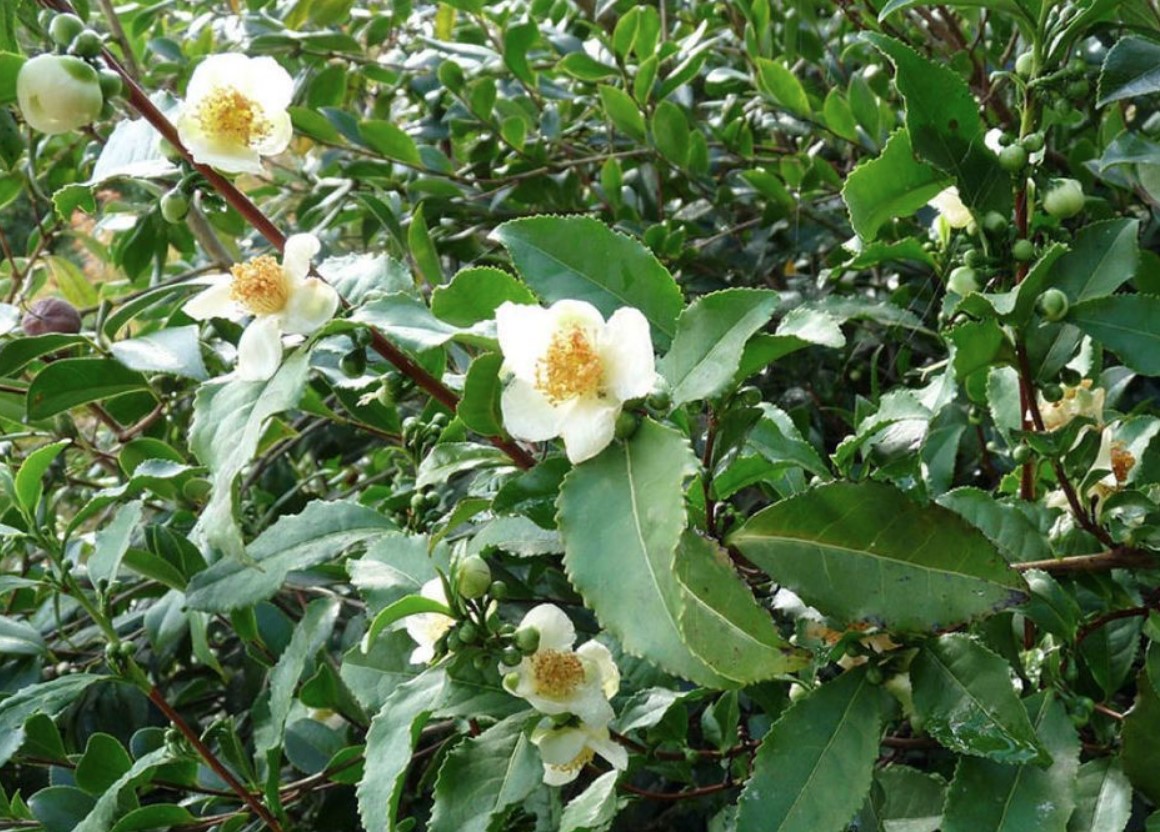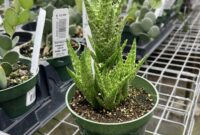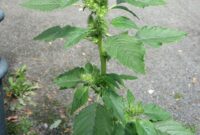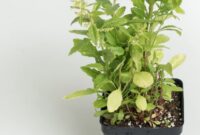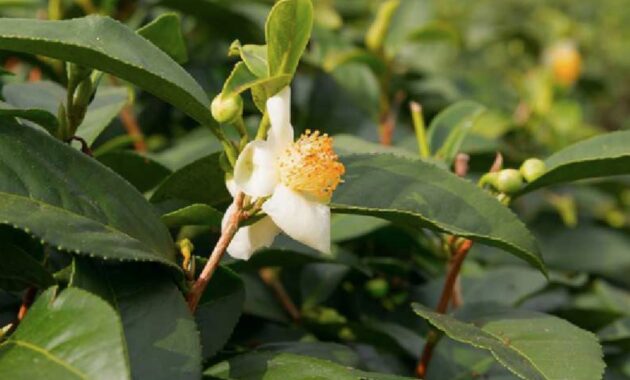
Camellia sinensis, a name that might not ring a bell, is the unsung hero behind one of the world’s most beloved beverages: tea. This evergreen shrub or small tree is the source of all true teas, from the delicate white tea to the robust black tea.
What is Camellia sinensis?
Camellia sinensis is a species of flowering plant in the family Theaceae. It’s native to East Asia, particularly China, India, and Myanmar. Its leaves and buds are used to produce a variety of teas, including:
- Black tea: Oxidized leaves
- Green tea: Un-oxidized leaves
- Oolong tea: Semi-oxidized leaves
- White tea: Lightly oxidized young leaves and buds
Camellia sinensis Growing Conditions
Camellia sinensis thrives in warm, humid climates with well-drained, acidic soil. It prefers partial shade but can tolerate full sun in cooler climates.
- Temperature: Ideal temperature ranges from 15°C to 30°C.
- Humidity: High humidity levels are beneficial.
- Soil: Well-drained, acidic soil with a pH of 4.5 to 5.5.
- Sunlight: Partial shade is ideal, but it can tolerate full sun in cooler climates.
Camellia sinensis Plant Care
While Camellia sinensis is a relatively low-maintenance plant, it requires specific care to produce high-quality tea leaves.
- Watering: Keep the soil consistently moist but not waterlogged.
- Fertilizing: Fertilize regularly with a balanced, water-soluble fertilizer during the growing season.
- Pruning: Prune regularly to shape the plant and encourage new growth.
- Pest and Disease Control: Monitor for pests like aphids and scale insects. Treat promptly with organic or chemical insecticides.
Camellia sinensis Plant Benefits
Beyond the enjoyment of a cup of tea, Camellia sinensis offers a range of health benefits:
- Antioxidants: Rich in antioxidants that combat oxidative stress.
- Improved Heart Health: May reduce the risk of heart disease.
- Boosted Brain Function: Can enhance cognitive function and memory.
- Weight Loss Aid: Can aid in weight loss and metabolism.
- Lowered Cancer Risk: May reduce the risk of certain cancers.
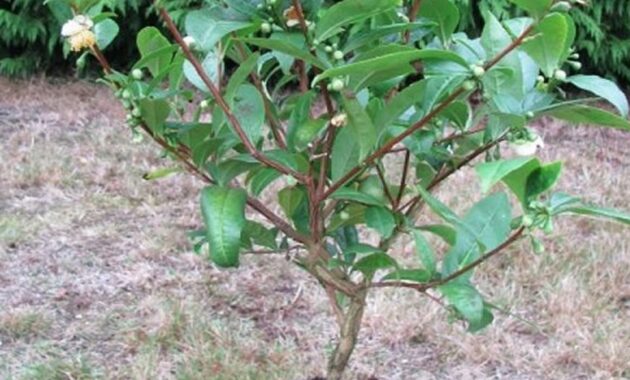
How to Grow Camellia sinensis
Growing Camellia sinensis can be a rewarding experience, especially for tea enthusiasts.
- Propagation: Propagate through cuttings or seeds. Cuttings are the most common method.
- Planting: Plant in well-drained, acidic soil.
- Watering: Water regularly, especially during dry periods.
- Fertilizing: Fertilize with a balanced, water-soluble fertilizer.
- Pruning: Prune to shape the plant and encourage new growth.
Camellia sinensis Tea Cultivation
Tea cultivation is a complex process that involves careful attention to detail.
- Picking: The timing of picking is crucial. Only the youngest leaves and buds are harvested.
- Processing: The processing method determines the type of tea produced: black, green, oolong, or white.
- Drying: The leaves are dried to remove moisture.
- Storage: Tea should be stored in an airtight container in a cool, dark place.
Camellia sinensis Plant Uses
While primarily used for tea production, Camellia sinensis has other uses:
- Ornamental Plant: Can be grown as an ornamental plant in gardens.
- Traditional Medicine: Used in traditional Chinese medicine.
- Cosmetics: Used in various cosmetic products.
Camellia sinensis Propagation
Camellia sinensis can be propagated through two main methods:
- Cuttings: Stem cuttings are the most common method.
- Seeds: Seeds can be sown, but it’s a slower process.
Camellia sinensis Plant Varieties
There are numerous varieties of Camellia sinensis, each with its unique characteristics and flavor profile. Some popular varieties include:
- Assamica: Used for robust black teas.
- Sinensis: Used for green and white teas.
- Cannonica: Used for oolong teas.
Camellia sinensis in Gardening
Camellia sinensis can add a touch of elegance to your garden. Here are some tips for growing it:
- Choose the right location: A partially shaded spot with well-drained soil.
- Water regularly: Keep the soil moist but not waterlogged.
- Fertilize: Fertilize with a balanced, water-soluble fertilizer.
- Prune: Prune to shape the plant and remove dead or diseased branches.
Camellia sinensis Plant Health Benefits
As mentioned earlier, Camellia sinensis offers a plethora of health benefits. Regular consumption of tea made from its leaves can:
- Boost Immunity: Strengthen your immune system to fight off infections.
- Improve Heart Health: Reduce the risk of heart disease by lowering cholesterol levels.
- Promote Weight Loss: Aid in weight loss by increasing metabolism.
- Enhance Brain Function: Improve cognitive function, memory, and focus.
- Reduce Stress: Calm the mind and reduce anxiety.
- Prevent Cancer: Lower the risk of certain types of cancer.
- Slow Aging: Combat premature aging due to its antioxidant properties.
Camellia sinensis vs. Other Tea Plants
While Camellia sinensis is the primary source of tea, there are other tea plants, such as Camellia sasanqua and Camellia japonica, that are sometimes used to produce herbal teas. However, they lack the unique compounds and health benefits associated with Camellia sinensis.
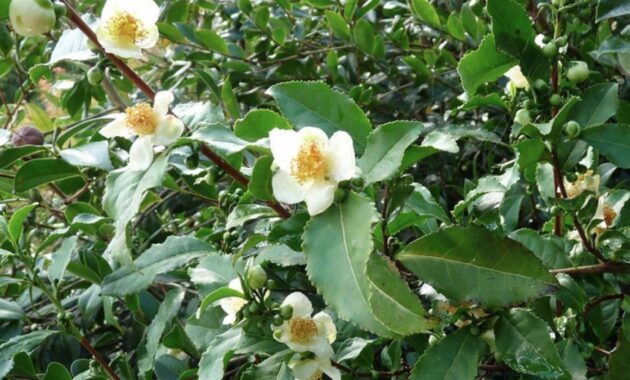
Harvesting Camellia sinensis
The harvesting of Camellia sinensis is a delicate process that involves picking the youngest leaves and buds. The timing and method of harvesting can significantly impact the quality and flavor of the tea.
Camellia sinensis Plant Information
- Scientific Name: Camellia sinensis
- Common Names: Tea plant, tea shrub
- Family: Theaceae
- Origin: East Asia
- Growth Habit: Evergreen shrub or small tree
- Height: Can reach up to 10 meters
- Leaves: Simple, alternate, elliptical, and serrated
- Flowers: White or pink, solitary or in clusters
- Fruit: A woody capsule containing seeds
Conclusion
Camellia sinensis is a remarkable plant that has been cultivated for thousands of years. Its leaves have been used to produce a variety of teas, each with its unique flavor and health benefits. By understanding the growing conditions, care requirements, and harvesting techniques, you can appreciate the intricate process behind the perfect cup of tea.
FAQs
- Can I grow Camellia sinensis indoors?
While it’s possible to grow Camellia sinensis indoors, it’s challenging to replicate the ideal growing conditions, such as humidity and light. It’s best to grow it outdoors in a suitable climate. - How often should I water my Camellia sinensis plant?
Water your Camellia sinensis plant regularly, especially during dry periods. However, avoid overwatering, as it can lead to root rot. - What are the best types of tea for weight loss?
Green tea and oolong tea are often recommended for weight loss due to their metabolism-boosting properties. - Can I use Camellia sinensis leaves for medicinal purposes?
While Camellia sinensis leaves have been used in traditional medicine, it’s best to consult with a healthcare professional before using them for medicinal purposes. - How do I store loose-leaf tea?
Store loose-leaf tea in an airtight container in a cool, dark place to preserve its flavor and aroma.
